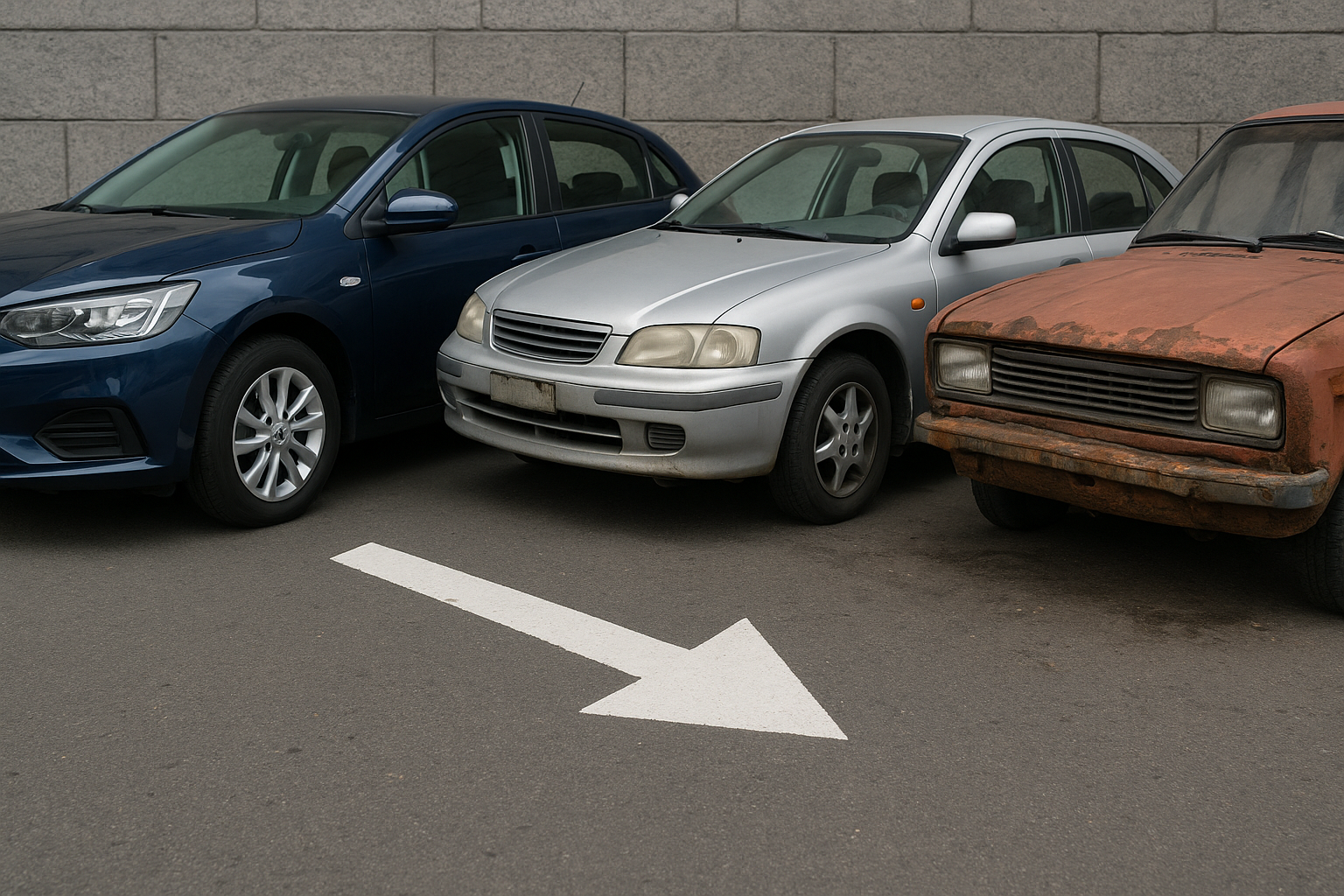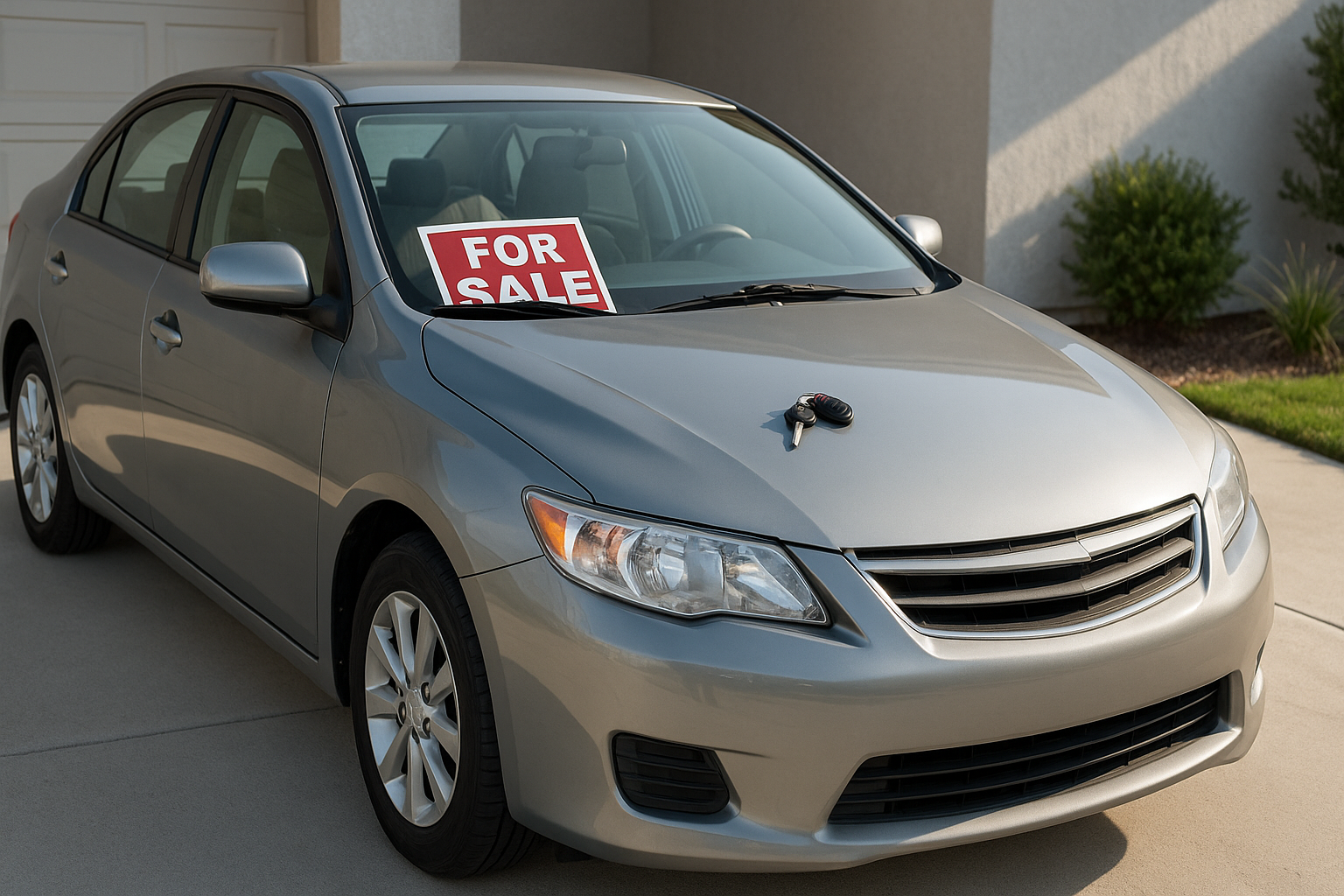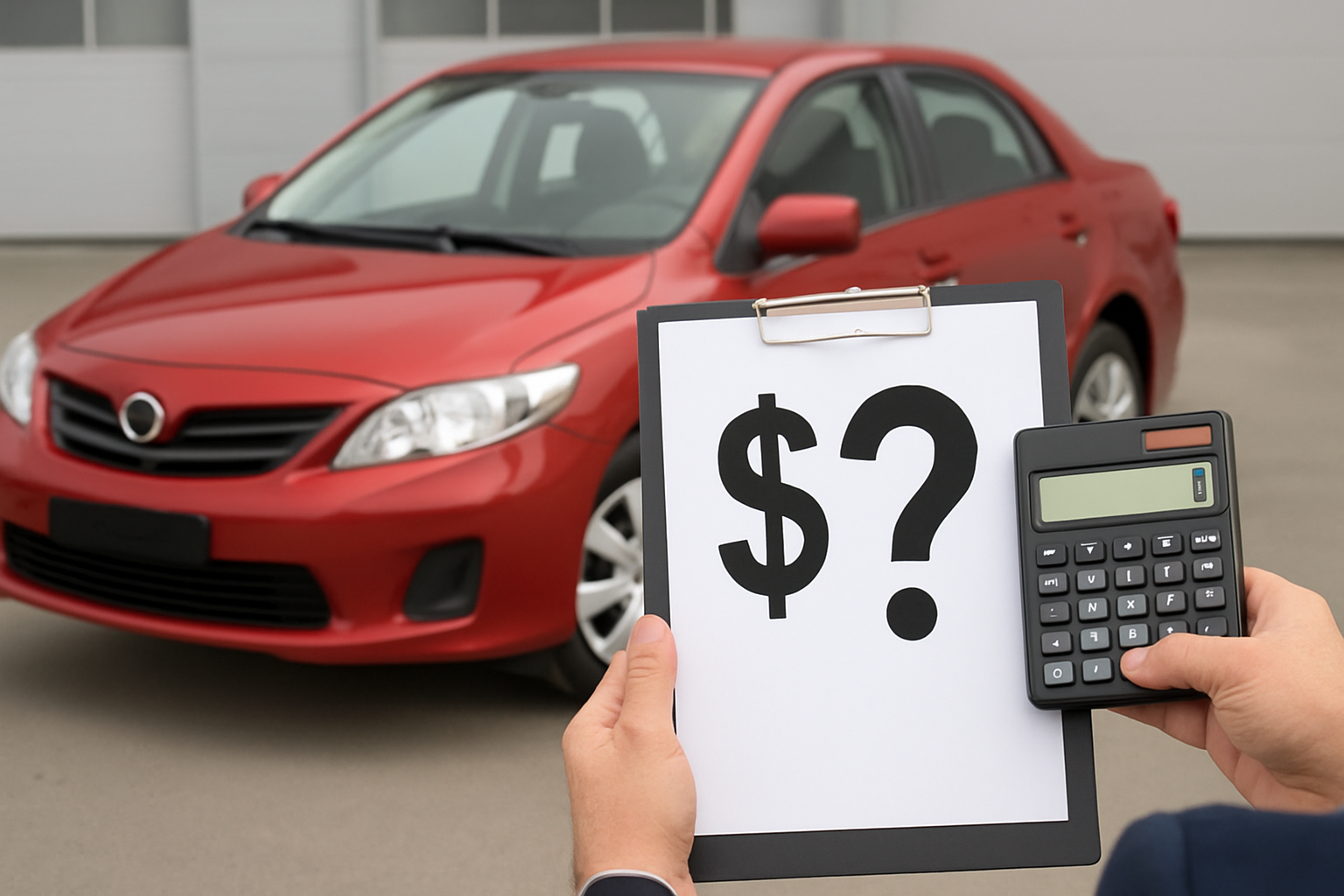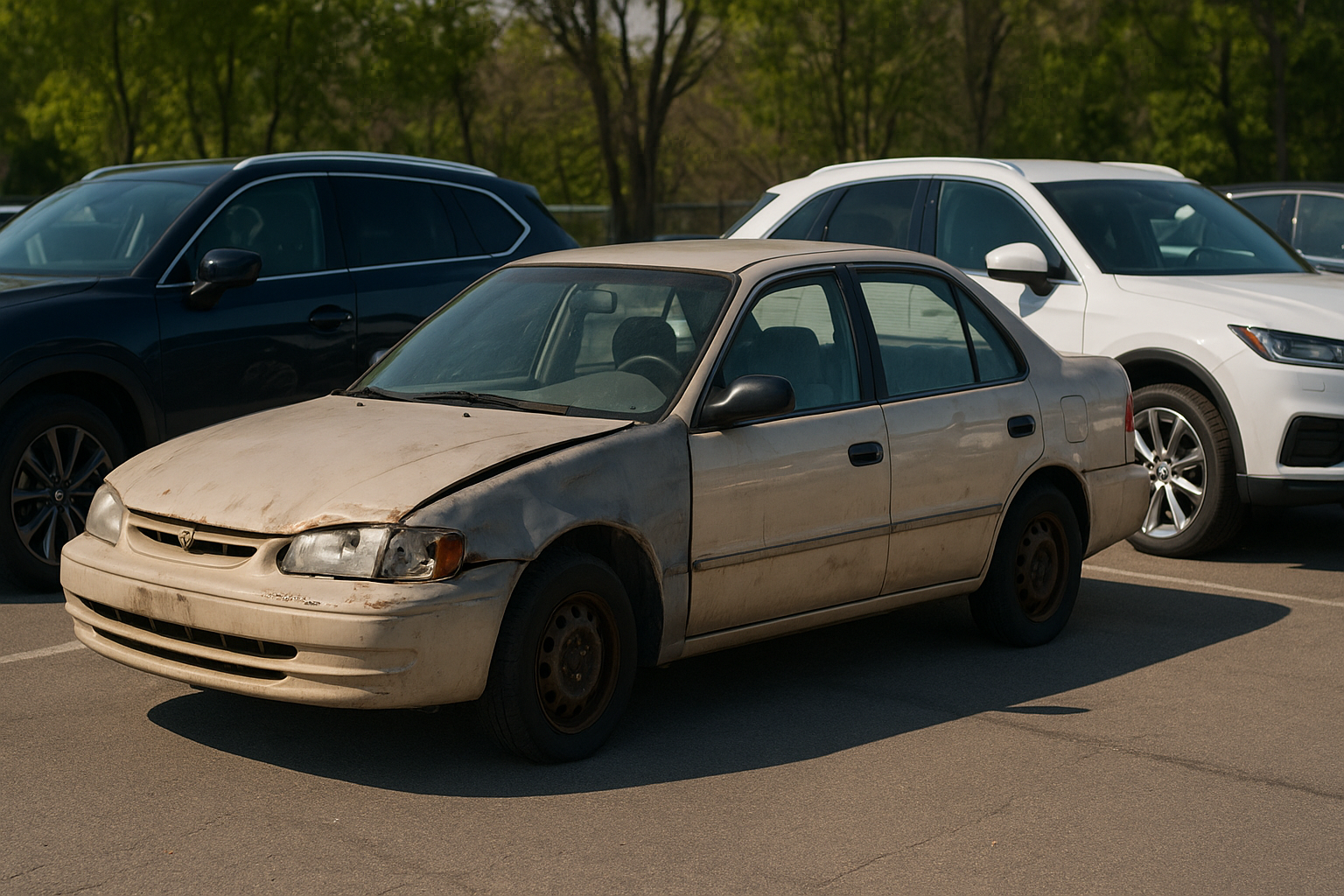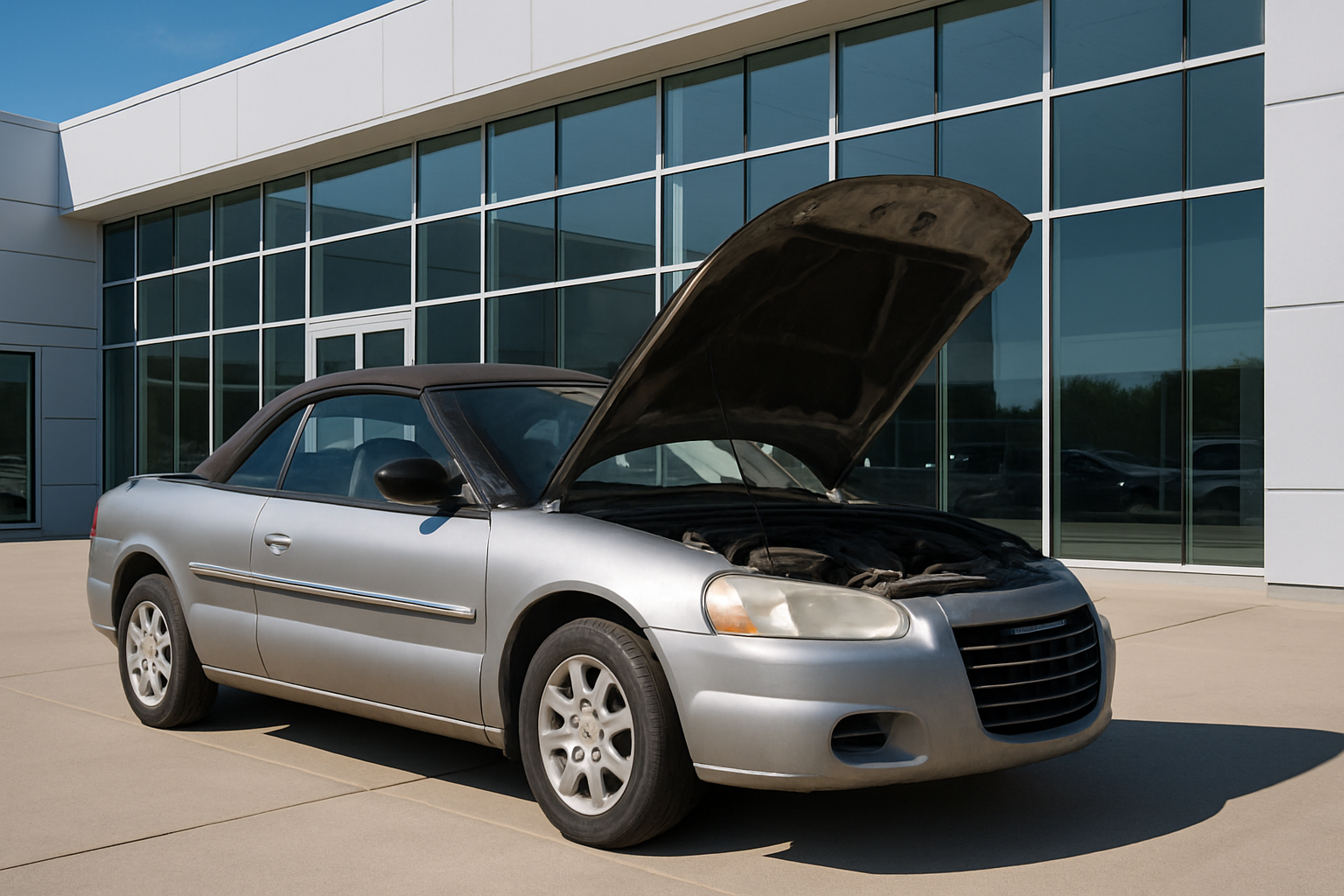From the moment you start your car’s engine for the first time, a countdown starts, unseen. This invisible force would continue to act upon your car, gradually reducing its worth with the passage of time. This is known as car depreciation. It is important to consider car depreciation while choosing a vehicle to invest in.
Furthermore, car depreciation impacts your vehicle's resale value, your overall cost of ownership, and your budget when it is time to replace your current car. This article guides you through all you need to know about car depreciation including the factors that influence it, how quickly cars depreciate, the types of vehicles that depreciate the most and the least, and steps to prevent car depreciation.
What Exactly Is Car Depreciation?

Car depreciation is the term used to describe the decline in value that a car experiences over time. As soon as you drive a brand-new car off the lot, it begins to lose value, and this process continues throughout the car’s life. Depreciation occurs for a variety of reasons.
One primary factor is wear and tear, which happens as you use your car. Mileage, age, and condition play a significant role in how much a car depreciates. Additionally, external factors like market demand, technological advancements, and brand reputation can influence the depreciation rate.
What Factors Influence Car Depreciation?

Several factors can impact how car depreciation occurs over time, including the following:
Mileage: One of the most significant factors is the number of miles a car has been driven. As a general rule, the more miles a car accumulates, the more it will depreciate. High-mileage vehicles tend to sell for less on the used car market. It is therefore important to manage your car’s mileage and to keep this within reasonable levels.
Age: Cars typically depreciate more rapidly in their early years. New cars lose a significant portion of their value in the first year. After the first few years, the rate at which the new car loses its value tends to slow down.
Brand and Model: Some car brands and models hold their value better than others. Luxury brands and popular models tend to depreciate more slowly compared to lesser-known brands or models with lower demand.
Condition and Maintenance: Well-maintained cars in good condition will typically depreciate more slowly. Regular maintenance and servicing can help preserve a vehicle’s value for longer and ultimately reduce the rate of car depreciation.
Market Demand: Market forces also play a role. Changes in prevalent consumer tastes, economic conditions, and fuel prices can affect the demand for specific types of vehicles, which, in turn, influences their depreciation rates.
Technological Advancements: Advances in automotive technology can render older cars less desirable and valuable. Car buyers are often willing to pay more for vehicles with the latest safety features, fuel efficiency, and infotainment systems.
How Quickly Do Automobiles Depreciate Each Year?
The rate of car depreciation can vary significantly from one vehicle to another, but some general trends can help you estimate how quickly your car may lose value. New cars tend to depreciate most rapidly in the first year, with an average depreciation of around 20% to 30%.
Over the next few years, the annual depreciation rate may drop to about 15%. The “20-20-20 rule” can be a helpful guideline for estimating depreciation over three years: a new car will be worth roughly 60% of its original value after three years, 80% after four years, and 100% after five years.
For used cars, depreciation rates tend to be more consistent, with an average depreciation of around 15% to 20% per year. You can use the car depreciation calculator to determine how the car depreciates per year, compared with the initial car value.
What Types of Vehicles Depreciate the Most and the Least?
As previously stated, not all vehicles depreciate at the same rate. Some types of cars tend to depreciate more quickly, while others hold their value for longer.
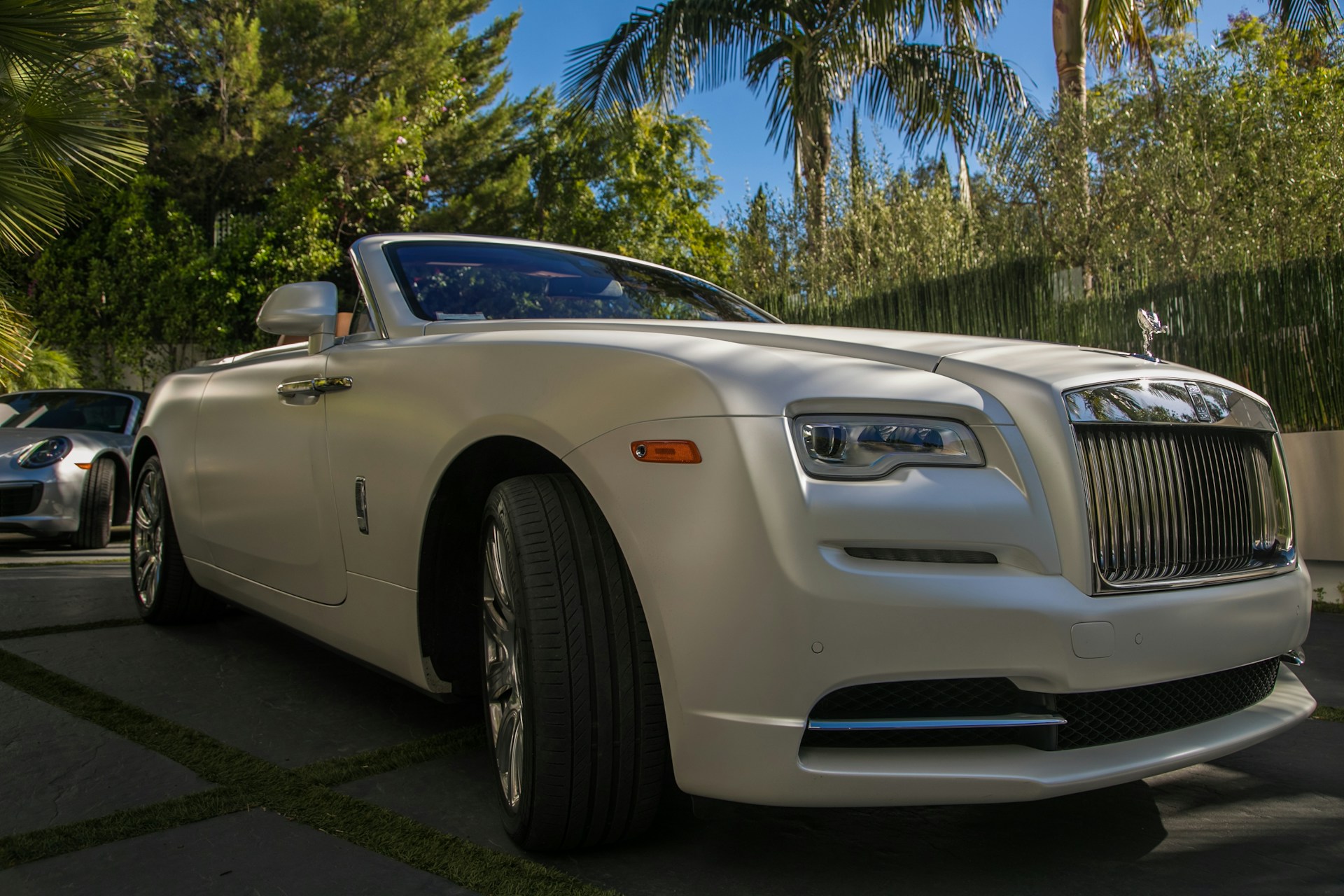
Vehicles That Depreciate the Most:
Some examples of vehicles that depreciate the most include:
Electric Vehicles (EVs): Electric cars are certainly great for the environment. However, they may depreciate faster because of rapid advancements in battery technology, leading to improved range and features in newer models.
Luxury Cars: High-end luxury vehicles, including luxury sedans and the BMW 7 series, often depreciate rapidly due to their initial high cost and the quick release of newer, more advanced models.
Sports Cars: These high-performance cars depreciate faster because they are often driven more aggressively, leading to increased wear or tear.

Vehicles That Depreciate the Least:
If you are looking for a vehicle that retains its value well, you may want to consider one of these types.
Trucks and SUVs: Many trucks and SUVs tend to hold their value better than smaller cars. Examples include the Jeep Wrangler Unlimited, Toyota Tundra, and Toyota Tacoma. These pickup trucks and special utility vehicles are built with durability in mind. Also, they are often in demand for various purposes, including work and outdoor activities.
Reliable Economy Cars: Models known for their reliability, such as the Toyota Corolla or Honda Civic, tend to depreciate more slowly because they are trendy in the used car market.
Steps to Prevent Car Depreciation
While car depreciation is inevitable to a great extent, different vehicles often have an average five-year depreciation. Thankfully, there are smart decisions you can make to minimize the impact and protect your investment. They include the following:
Proper Maintenance: Regular maintenance, such as oil changes, brake checks, and tire rotations, can help preserve your car’s value by keeping it in good condition. This also minimizes your car’s chances of developing faults. Thus, improving the average five-year depreciation rate.
Regular Cleaning: Keeping your car clean and well-maintained not only improves its appearance but also prevents damage from environmental factors like rust and corrosion. A clean car would typically command a higher selling price than one with many scratches and stains.
Responsible Driving Habits: Be sure to drive safely and gently. Avoid aggressive driving, rapid acceleration, and sudden stops to minimize wear and tear on your vehicle. Moreover, regularly driving your car on rough and rugged terrain also increases how the cars depreciate.
Avoid Excessive Modifications: While personalizing your car can be enjoyable, excessive modifications can negatively impact its resale value. Potential buyers may prefer a stock vehicle. Therefore, ensure that customizations are kept minimal or easily removable.
Store the Car Correctly: If you have a second vehicle or plan to store your car for an extended period, take steps to store it correctly to prevent unnecessary wear. Efficient car storage might mean using the right weatherproof car covers among other measures.
Select the Right Insurance: Adequate insurance coverage can protect your car from accidents, theft, and other unforeseen events, minimizing financial losses due to depreciation.
Conclusion
Car depreciation is an unavoidable part of car ownership. However, it is not entirely out of your control. By understanding the factors that influence depreciation and taking proactive steps to minimize it, you can ensure that your car remains in the best conditions possible for longer periods of time.
Whether you are buying a new luxury car or a reliable used vehicle, effective depreciation management is crucial. It is important to keep up with the car's maintenance schedule, drive responsibly, ensure regular oil changes, and make car purchase choices that align with your personal finances. With this, you can preserve your cars, slow down the car's depreciation, and make sure they don't lose their value.
Tips and Q&A
-
What is a Good Depreciation Percentage?
The ideal depreciation percentage can vary depending on the make and model of the car, but generally, a depreciation rate of around 15-20% in the first year and 50% or less over three years is considered reasonable. However, luxury cars may depreciate faster than this rate. Moreover, the average five-year depreciation in 2022 is estimated at 33.3%.
-
What is the Average Lifespan of a Car?
The average lifespan of a car is about 12 years, but it can vary based on factors such as maintenance, usage, and the quality of the vehicle. Many cars can last well beyond this with proper care and maintenance.
-
When Should I Buy a Car to Avoid Depreciation?
To minimize how the car depreciates, it is best to buy a car that is a year or two old, as it has already experienced a very significant level of depreciation. Additionally, choosing a reliable make and model with a good resale value can help reduce the impact of depreciation over time.

